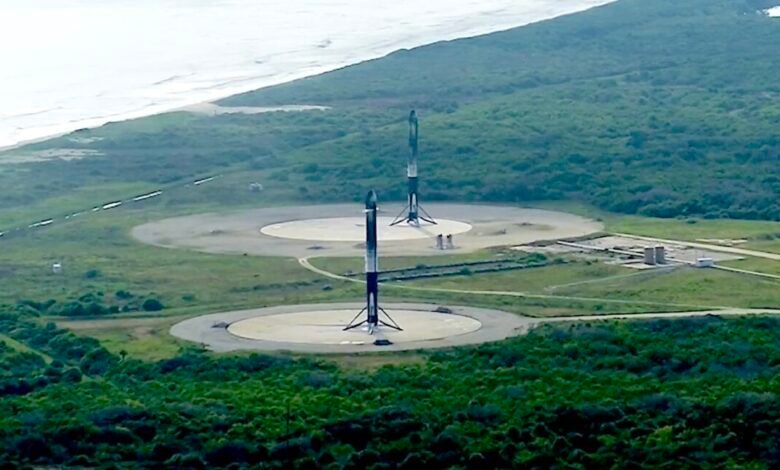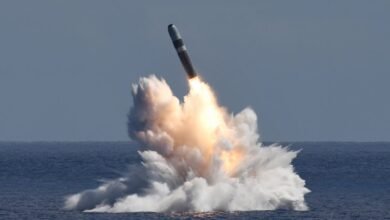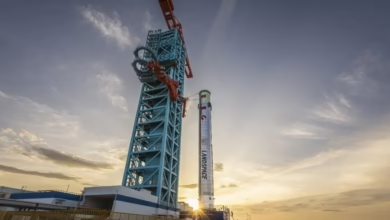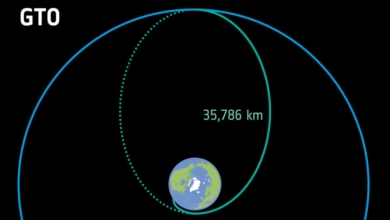SpaceX Builds New Landing Pads During Falcon Heavy Lull

▼ Summary
– SpaceX has landed 66 Falcon boosters at Cape Canaveral’s Landing Zones 1 and 2 since the first successful landing in 2015.
– The company is now returning these landing zones to the US Space Force, which has reallocated the property to two startup launch companies.
– SpaceX plans to build new landing zones next to its existing Florida launch pads, aligning with Space Force’s co-location policy.
– Co-locating launch and landing sites will allow more launch companies to operate and reduce safety evacuation areas and scheduling conflicts.
– The FAA has approved SpaceX to launch up to 120 Falcon 9 rockets annually from SLC-40, increasing from the previous limit of 50 launches.
The sight of a SpaceX rocket descending from the heavens to touch down perfectly on a landing pad has become one of the most iconic images of modern spaceflight. From the first successful Falcon 9 landing to the breathtaking dual booster return of the Falcon Heavy, these moments have redefined what’s possible in aerospace. Many of these historic landings took place at Cape Canaveral Space Force Station, where SpaceX has safely recovered 66 boosters since December 2015.
Now, a new chapter is beginning. SpaceX is preparing to return those original landing zones to the U.S. Space Force, which has reassigned the property to two emerging launch companies. In their place, SpaceX will construct two new landing pads adjacent to its existing launch facilities in Florida. This shift aligns with a recent Space Force directive encouraging the co-location of launch and landing operations on the same property.
This strategic move offers multiple advantages. By situating landing zones near launch pads, the Space Force can free up valuable real estate for additional commercial launch providers. It also reduces the geographic footprint that must be cleared for safety during missions, minimizing disruptions and scheduling conflicts among the growing number of companies operating at the spaceport.
In a related development, the Federal Aviation Administration has given its approval for SpaceX to significantly increase its launch cadence from Space Launch Complex-40 (SLC-40). The agency determined that raising the annual launch limit to 120 Falcon 9 missions, up from the previous cap of 50, would not cause significant environmental impact. This decision follows a period in which SpaceX already exceeded the earlier limit under temporary authorization, launching 62 missions from SLC-40 last year alone.
These changes reflect both the rapid growth of commercial space activity and SpaceX’s central role in driving that expansion. With new infrastructure and regulatory approvals in place, the company is poised to maintain its leadership in reusable rocket technology while supporting a more crowded and collaborative launch environment.
(Source: Ars Technica)


